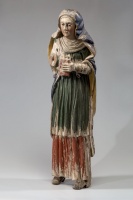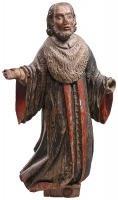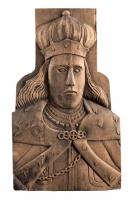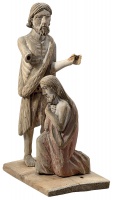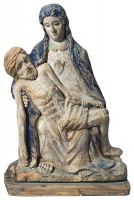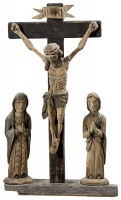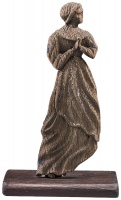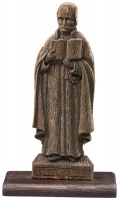
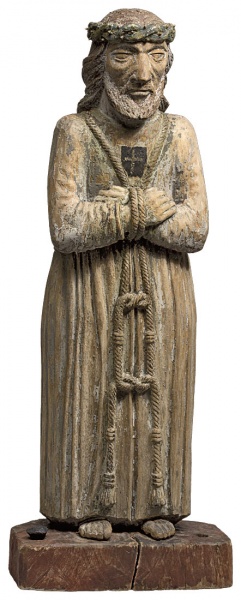

Jesus of Nazareth
| Author: |
Unknown artist |
| Created: | mid-19th century |
| Material: | wood |
| Technique: | carving, remains of colour paint |
| Dimensions: | 50 cm |
Žemaitija
Images of Jesus of Nazareth have a clear prototype in Lithuania. In 1700, a statue of Jesus of Nazareth was blessed by Pope Innocent XII in Rome and sent to the Trinitarian Church in Antakalnis in Vilnius (and later moved to the Church of St Peter and St Paul). It became famous for working miracles. Copies of the statue appeared in many churches in Lithuania, and served as examples for woodcarvers. Later, they began to make sculptures on the basis of the traditional imagery of the subject, instead of using actual models. In this sculpture by an unknown artist, Jesus is portrayed dressed in a long gown with his arms crossed across his chest. A rope around his neck and tying his wrists is carved in embossed relief; the loops are especially decoratively carved. The scapular usually worn by Trinitarian monks is a tetragonal plate with a cross painted on it.
Images of Jesus of Nazareth are evidence of the belief which prevailed in rural communities that Christ, who suffered such mockery and torment, was compassionate, and took pity on those who suffered, and that is why sculptures of Him were popular all over Lithuania. They were placed in small freestanding shrines, in small niches on the shafts of crosses, and in small shrines in trees.
Text author Skaidrė Urbonienė
Source: Law firm Valiunas Ellex art album HEAVEN AND BEYOND (2016). Compiler Dalia Vasiliūnienė. Text authors Dalia Vasiliūnienė, Skaidrė UrbonienėExpositions: “Heaven and Beyond. Works of religious art from the collection of Rolandas Valiūnas and the law firm Valiunas Ellex“, 31 May–24 September 2016, Church Heritage Museum, Vilnius (curators Dalia Vasiliūnienė, Skaidrė Urbonienė)







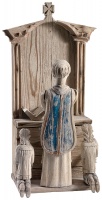
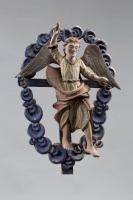
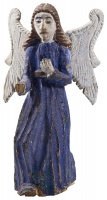
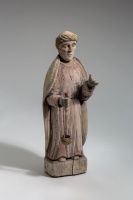
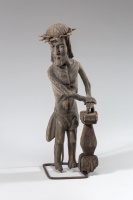


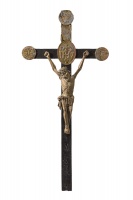
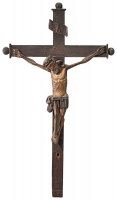

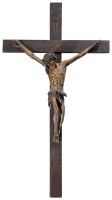

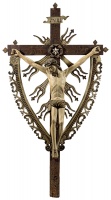


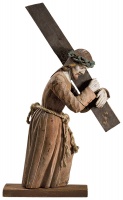
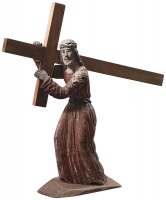






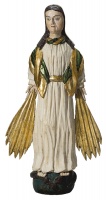

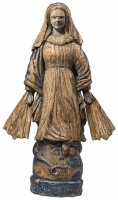
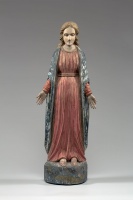
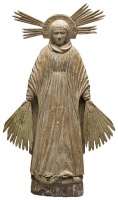




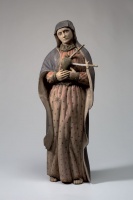






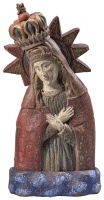


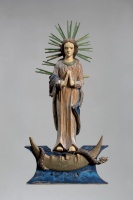



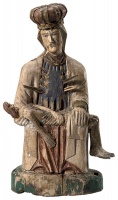
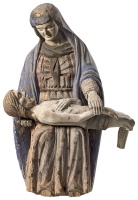
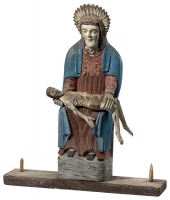

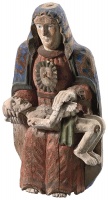
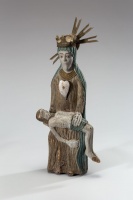
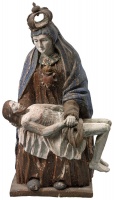
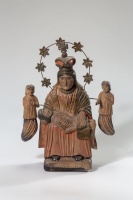



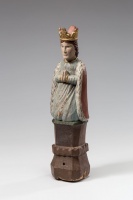
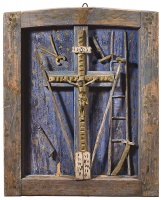
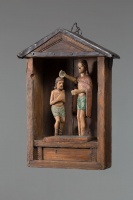
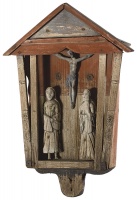
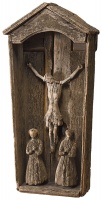

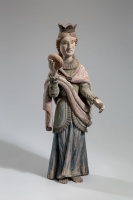



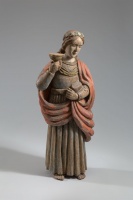

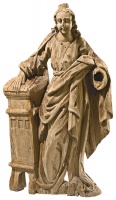
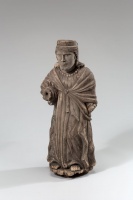
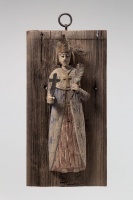

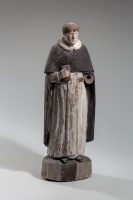



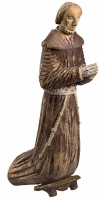

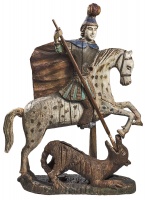









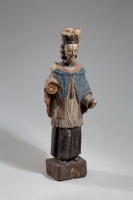



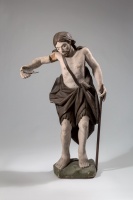
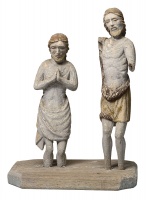



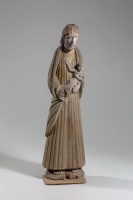
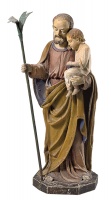
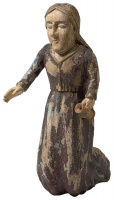
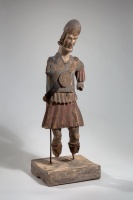
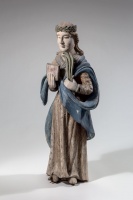

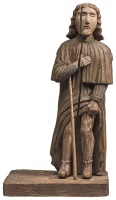



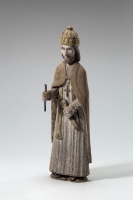





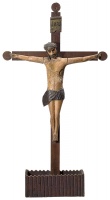




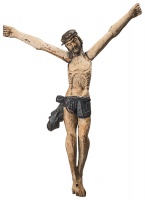
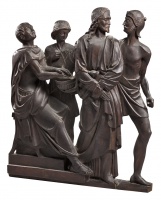

_kat.jpg)
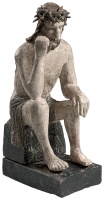







.jpg)
